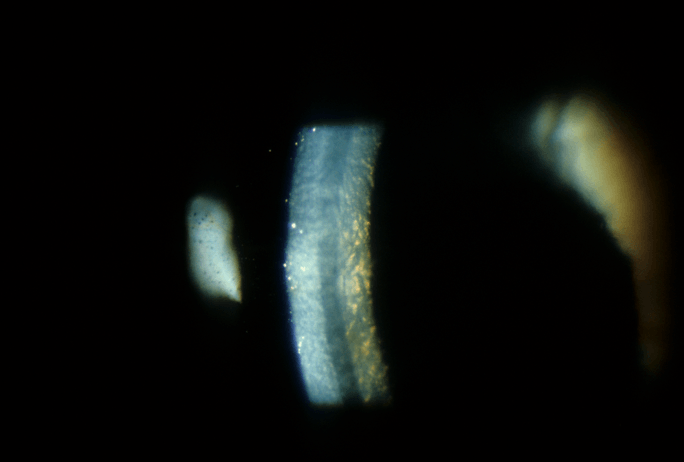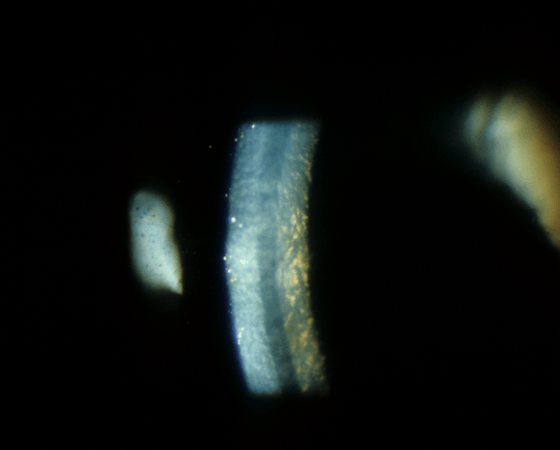Some Conditions That May Not Be Ones You’ve Heard of Before

While astigmatism and amblyopia may be considered more common conditions that many patients have heard of, they (along with other common eye conditions), represent just some of the conditions that may affect one’s eyes, and one’s ability to see. In this article, we unpack a few of the less common eye conditions — including a few that you may not have been aware of.
We start with Aniscoria. If you’ve studied anatomy before, or if you’ve paid a great deal of attention to your own body, then perhaps you already know that many “pairs” of body parts are not entirely equal in size. Put your two thumbs together, for instance, or consider if your shoes fit perfectly well from one foot to the other. Aniscoria is the condition that refers to a person’s pupils being of two different sizes. Generally speaking, this condition has little to do with a person’s overall eye health, though it may be a sign of other conditions that should be examined further.
What is Drusen? Drusen is a condition of the eyes wherein yellow deposits form under the retina of a person’s eye. Drusen consist of a fatty protein known as lipids, and may increase the risk of developing AMD.
Marfan syndrome occurs as the result of a person’s genetic makeup, and affects any connective tissue in the body. Because this tissue is present in the eye, Marfan syndrome is a possibility.
Have you ever heard of trachoma? Maybe not. However, statistics have shown that this particular eye infection (which affects both eyes) holds the top spot as the world’s number one cause of preventable blindness. Caused by the Chlamydia trachomatis bacterium, an untreated case ends up causing scarring inside of a person’s eyelids. Eyelashes turn inward as a result, and may then scratch and irritate the cornea, causing cloudiness and eventual visual loss.
Fuchs’ dystrophy, a progressive disease that affects the cornea, may not be something that you’ve heard of, either. With a tendency to be slightly more common in women and older patients, Fuchs’ dystrophy reduces endothelial cells (key to processing water, making up the cell structure of the cornea) that conspire to make up the cornea’s inner layer. When these cells are reduced, fluid builds up in the cornea, causing the tissue there to grow more thick over time. This leads to cloudiness and swelling, which can lead to changes in vision over time.
[Photo Via: Arizona]

